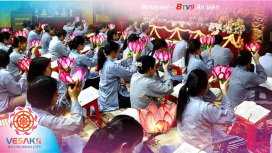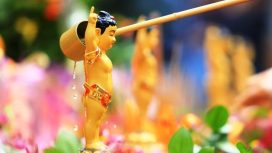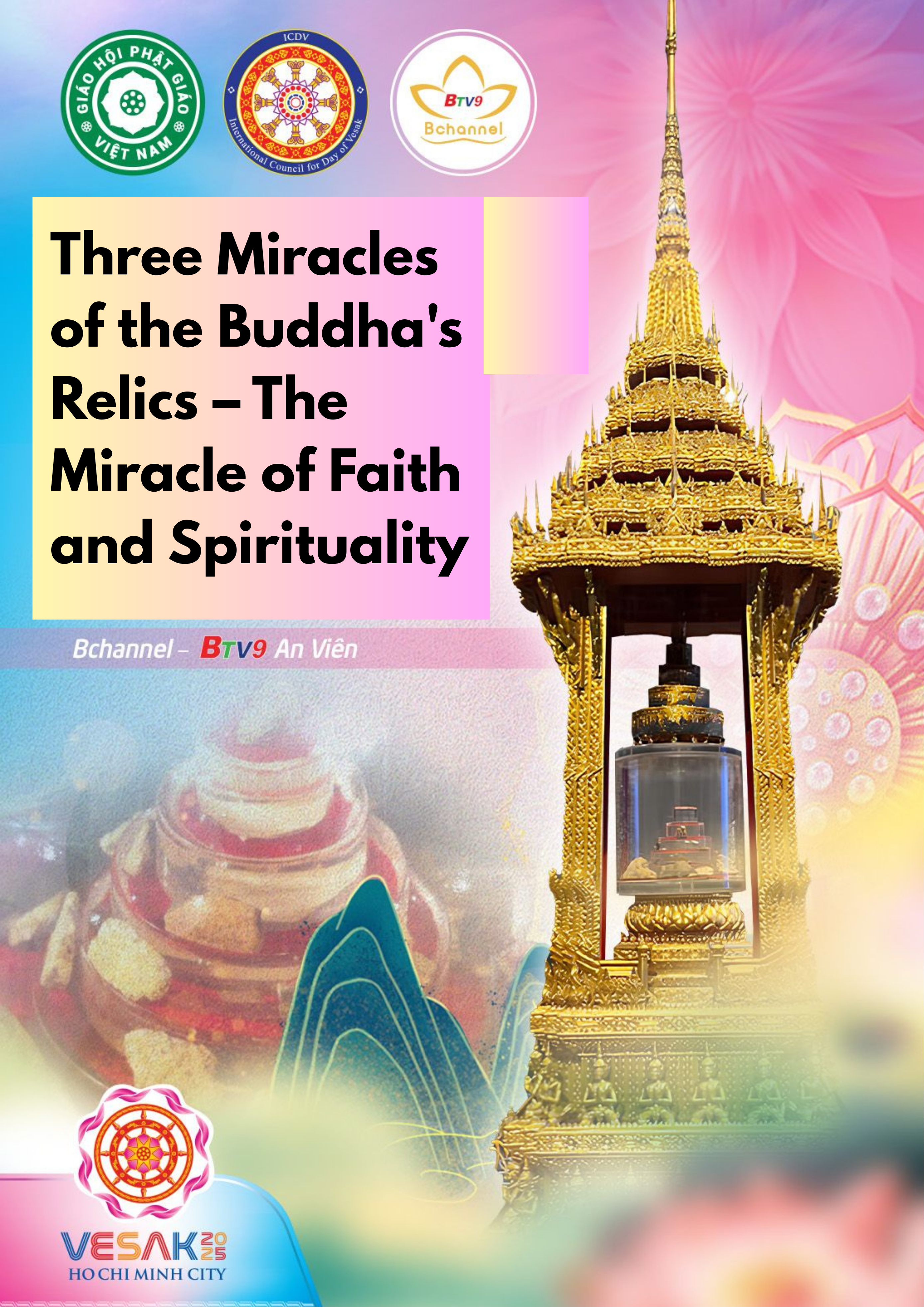Three Miracles of the Buddha’s Relics – The Miracle of Faith and Spirituality
Buddha’s relics are the crystallized remains after cremation, symbolizing purity and enlightenment. Remarkably, despite the passage of centuries, the relics have never decayed or changed color. They remain a living symbol of faith, spirituality, and the eternal presence of the Buddha in the world.
The history of Buddha’s relics dates back to the time of Shakyamuni Buddha. After his passing into Nirvana, his relics were distributed among various kingdoms and regions for veneration and preservation. Traditionally, these relics are enshrined in stupas and temples, where they serve as symbols of reverence and the teachings of Buddhism.
Buddha’s relics are the crystallized remains after cremation, symbolizing purity and enlightenment. Remarkably, despite the passage of centuries, the relics have never decayed or changed color. They remain a living symbol of faith, spirituality, and the eternal presence of the Buddha in the world.
During the Vesak 2025 celebrations, hosted by Vietnam this May, Buddhists will have the blessed opportunity to pay homage to and venerate the Buddha’s relics, which have been brought from the New Delhi Museum in India. These relics will be enshrined at several sacred locations, including the Vietnam Buddhist Academy in Ho Chi Minh City, Ba Den Mountain (Tay Ninh), Quan Su Pagoda (Hanoi), and Tam Chuc Pagoda (Ha Nam).
Symbol of Purity and Enlightenment:
Relics are the remains left after the cremation of a saint’s physical body, particularly that of Shakyamuni Buddha. In addition to physical relics, there are also relics of the heart and relics of the Dharma. These relics may appear as small crystallized beads, such as pearls, crystals, or hard seeds of various colors.
Manifestation of Immortality:
According to scriptures, after the Buddha entered Nirvana in Kusinara, his physical body was cremated. Remarkably, unlike ordinary humans, his body was not completely consumed by the fire, and countless relics of unusual shapes and colors were left behind. Over centuries, these relics have not decayed or changed color, symbolizing the “imperishable” nature of the Buddha.
Symbol of the Buddha’s Living Presence in the World:
After the cremation, the Buddha’s relics were divided into eight parts, each given to one of the eight major kingdoms in India at the time. King Ashoka (3rd century BCE) later collected the relics and divided them into 84,000 parts, constructing thousands of stupas across India and many other countries to enshrine the relics, thereby spreading the Buddha’s teachings.
Tin liên quan
Locations of the United Nations Vesak 2025 Celebrations
English 30/04/2025 13:59:41

Locations of the United Nations Vesak 2025 Celebrations
English 30-04-2025 13:59:41
Vesak 2025’s Sacred Convergence
English 30/04/2025 13:39:45

Vesak 2025’s Sacred Convergence
English 30-04-2025 13:39:45
Chanting the birthday sutra during Vesak 2025 – A journey of spiritual purification and spreading compassion
English 29/04/2025 10:52:51

Chanting the birthday sutra during Vesak 2025 – A journey of spiritual purification and spreading compassion
English 29-04-2025 10:52:51
Buddhists Observe Sacred Wooden Bath Ritual Commemorating Buddha’s Birth
English 26/04/2025 10:40:46

Buddhists Observe Sacred Wooden Bath Ritual Commemorating Buddha’s Birth
English 26-04-2025 10:40:46
India’s National Treasure: Sacred Relics of Lord Buddha Embark on a Pilgrimage to Vietnam for Enshrinement
English 24/04/2025 10:30:05

India’s National Treasure: Sacred Relics of Lord Buddha Embark on a Pilgrimage to Vietnam for Enshrinement
English 24-04-2025 10:30:05


 16 lượt thích 0 bình luận
16 lượt thích 0 bình luận